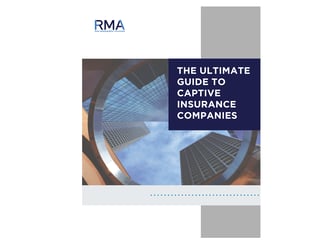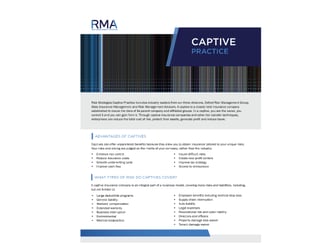
Background:
Following the downturn of the United States real estate market in 2008 and the subsequent financial crises, it became clear that mortgages and mortgage-backed securities had been widely distributed throughout the financial system and that the validity of many mortgages and documents was questionable regarding lending standards, income verification, and appraisal values.
As delinquency, default, and foreclosure rates continued to balloon, countless mortgage investors, including federally backed companies Fannie Mae and Freddie Mac, were left with large portfolios of toxic mortgages. Consequently mortgage security holders began demanding mortgage buybacks by mortgage originators. Fannie Mae and Freddie Mac argued that they rely on the mortgage lender to do the complete underwriting of the files and they are accepting and funding the loans based on the representations of the mortgage lenders.
Risk:
As the real estate market stabilized, many mortgage bankers have returned to profitability. However, the specter of buybacks looms large. Without the deep pockets of the large publicly traded banks, a series of forced buybacks could force insolvency or non-compliance with warehouse lenders.
Solution:
A captive insurance company is established to insure the risks of its owner and affiliated companies. When properly structured, premiums are tax-deductible to the company and received tax-free by the captive insurance company.
This structure provides an elegant and tax efficient tool for profitable mortgage bankers to reserve against the risk of being forced to buy back mortgages due to default or fraud by applicants or brokers.
Explore
- Solutions
- Captive Insurance
- Captive Insurance Overview
- What is Captive Insurance?
- Definition of Captive Insurance
- Types of Captive Insurance
- Typical Structures of a Captive Insurance Program
- Why Form a Captive Insurance Company?
- Captive Insurance Utilization and Value
- Evaluating a Captive Insurance Program
- How to Setup a Captive Insurance Company
- Operating a Captive Insurance Company
- Captive Insurance Operating Costs
- Retaining Risk vs. Financing Risk
- Risk Distribution Through Captive Insurance
- Taxation of a Captive Insurance Company
- Captive Insurance Domiciles
- News and Insights
- About Us
Practice Leader(s)

Captive Practice Leader, Managing Director

Captive Practice Leader, Managing Director
Max Jong is the Captive Practice Leader and Managing Director at Risk Management Advisors, an alternative risk and captive management firm. Max began his career at Northwestern Mutual in 1994 after graduating from UCLA. Over 12 years, he built a successful financial services practice while heading up an office overseeing 50 professionals in Los Angeles and Irvine, California. The office was perennially one of the top producing organizations in the Northwestern Mutual system.
Max joined his partners at Risk Management Advisors in 2007 as he began to work with more sophisticated mid-market business owners. RMA specializes in the design, formation, and management of captive insurance companies. There’s also an emphasis on self-funded group benefits as well as other creative alternative risk management strategies. The firm assists business owners in better managing their risks without jeopardizing their balance sheets. In 2019, he headed up a merger with Risk Strategies, a Top 10 private national specialty insurance brokerage and consulting firm. Since then, he was appointed as the Captive Practice Leader to oversee the growth and development of the organization.
For five years, Max served as an Independent Director for Fiat Lux Risk and Insurance Company, one of the largest and most sophisticated captive insurance companies. Fiat Lux was established by the University of California Regents to better manage the broad risks of the University of California system.
Max has also been a lifelong supporter of Big Brothers Big Sisters of Greater Los Angeles. He initially volunteered to be a mentor in 1995 and is currently mentoring his second "Little." Max was asked to join the Board of Directors in 2000 and eventually served as their Board Chair. After 20+ years as an active board member, he continues to support the organization by serving as a Trustee.
He is married to Alice, and they’re raising two young children, Hunter and Hayden. Max and Alice are happily married despite her irreparable mistake of going to USC. He loves to travel, golf, and is a hopeful Lakers fan.








